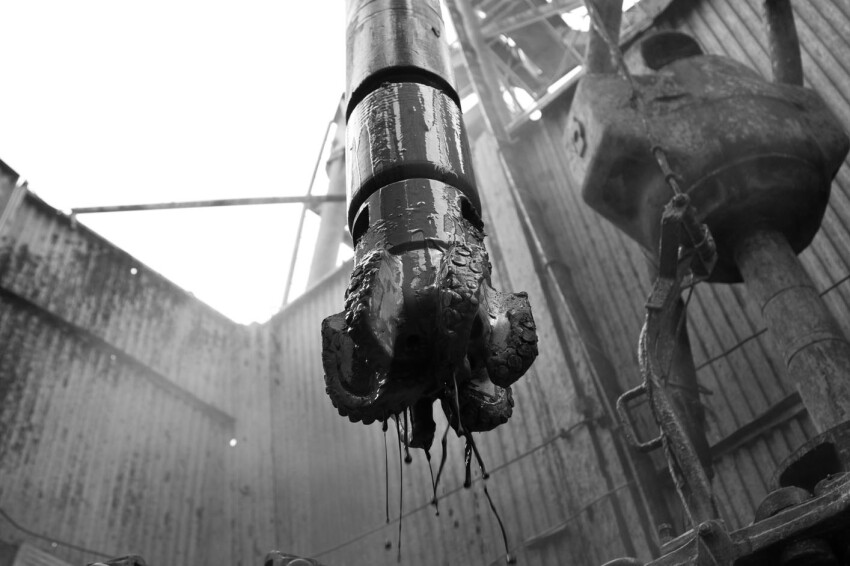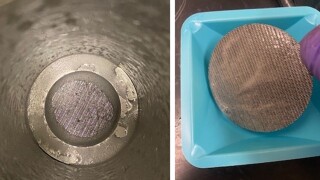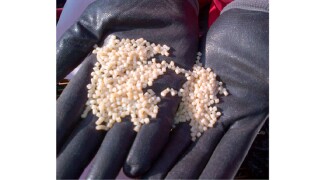Drilling/completion fluids
This research aims to develop a fluid-advisory system that provides recommendations for optimal amounts of chemical additives needed to maintain desired fluid properties in various drilling-fluid systems.
This paper describes development of a high-temperature water-based reservoir drill-in fluid using a novel synthetic polymer and customized with optimal chemical concentrations and sized calcium carbonate.
In this case study, a geomechanics-based approach was used to create bridging and sealing at the fracture aperture using a biparticle self-degradable lost-circulation-fluid system.
-
A reservoir-conditions coreflood study was undertaken to assist with design of drilling and completion fluids for a Norwegian field. Multiple fluids were tested, and the lowest permeability alterations did not correlate with the lowest drilling-fluid-filtrate-loss volumes.
-
Nonaqueous drilling fluids have been used extensively by the industry, particularly in complex drilling scenarios. They carry some concerns, however, with implications for well integrity.
-
In this study, pressure-while-drilling technologies are combined with software simulations to differentiate drilling-fluid thermal expansion, wellbore ballooning, and formation influx during riserless drilling operations.
-
A fluid technology has been developed to deposit a thin, impermeable barrier over the pores and microfractures of weak, underpressured, and otherwise troublesome formations to maintain wellbore stability and reduce formation damage.
-
Drilling in high-pressure/high-temperature conditions poses numerous challenges. Drilling fluid is subjected to extreme pressure and temperature, and its properties such as viscosity are affected strongly by pressure and temperature. Viscosity decreases with temperature and increases with pressure.
-
The effects of adding iron oxide NPs on the rheological and filtration properties of aqueous bentonite suspensions have been studied by several researchers.
-
Researchers have developed a novel water-based-drilling-fluid system compatible with deepwater HP/HT wells in the Lingshui Block on the basis of a conventional drilling fluid and further optimization.
-
A supramolecular viscosifier package has been developed that uses noncovalent associations between additives to enhance the thermal resilience of divalent brine fluids.
-
Recent studies have found that the viscosities of borate gels at actual downhole pressure conditions may be 80% less than those from standard high-pressure/high-temperature rheometer measurement (which uses 400-psi top pressure).
-
This paper examines the chemistry of developing seawater-based fracturing fluids using two types of polymers as gelling agents and compares results to existing fresh-water-based-fracturing-fluid data under different conditions.













